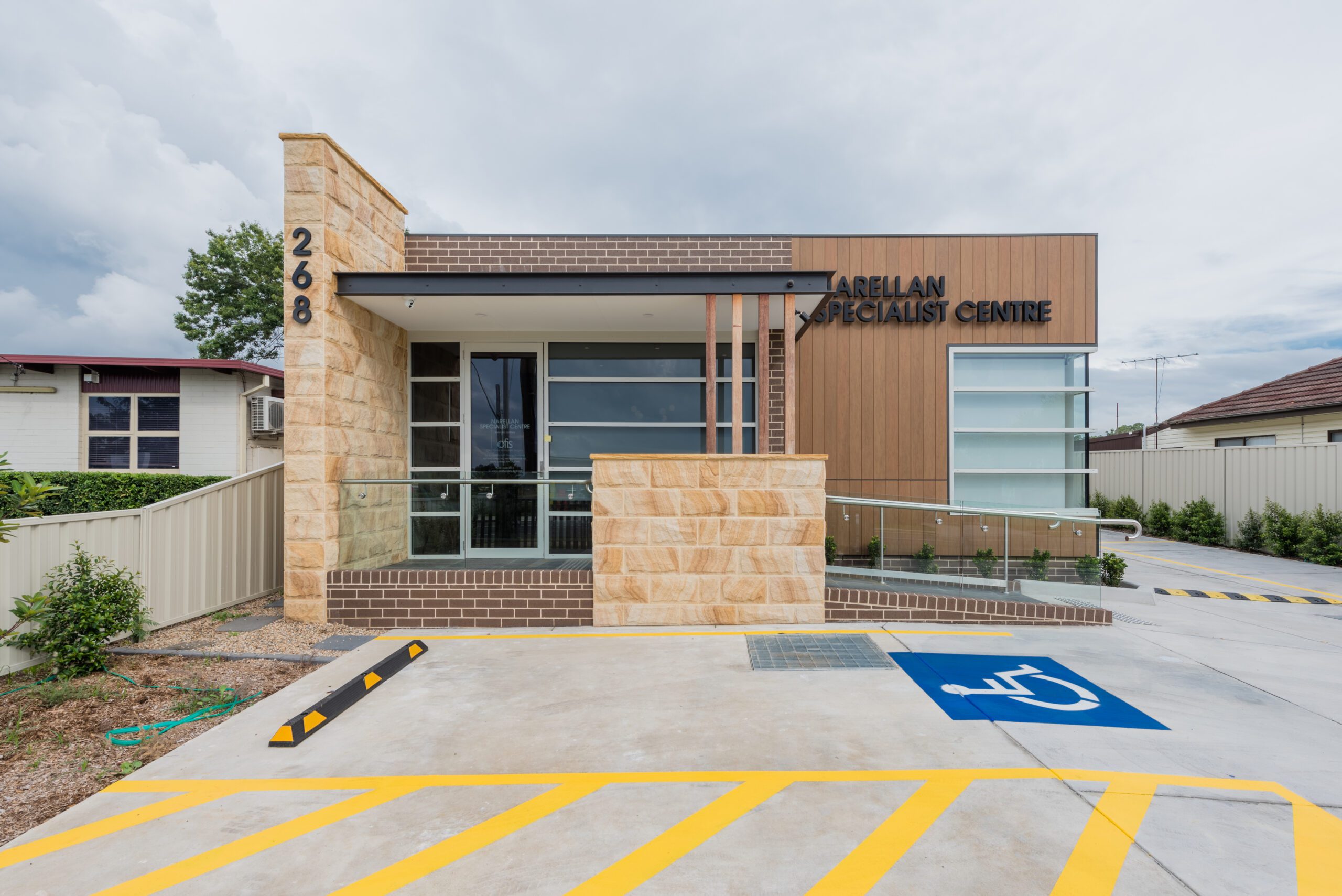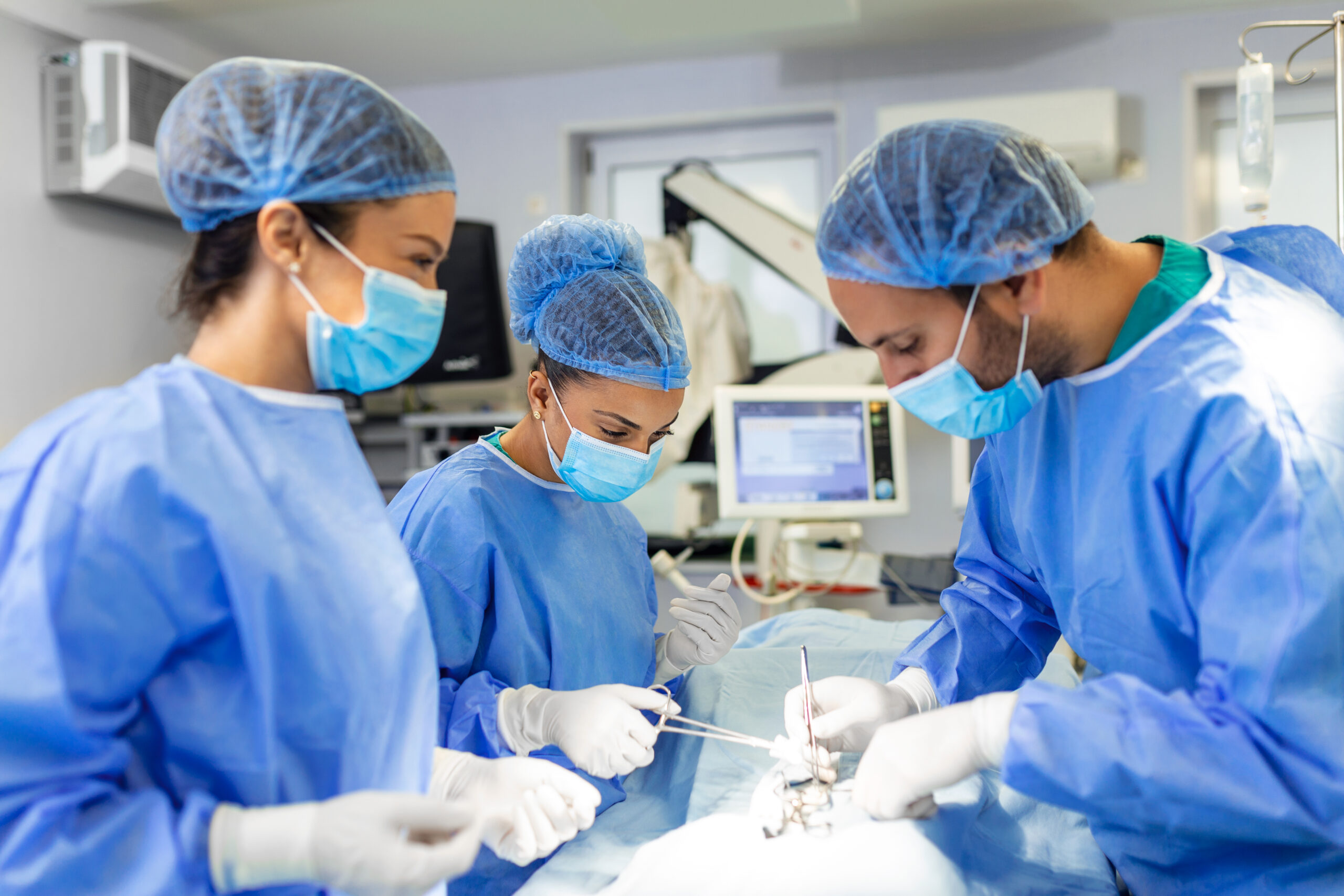Orthognathic Surgery
Orthognathic surgery (corrective jaw surgery) is surgery performed on the jaws to correct their position, to improve a person’s ability to speak and eat, in addition to their appearance. Orthognathic surgery can also be used to treat obstructive sleep apnoea, TMJ disorders, and orthodontic problems that cannot be treated with braces alone.
Common jaw abnormalities that are corrected with this surgery include jaws that are too far forward, too far back, too big or too small, or crooked. These problems may have been present since birth or have developed gradually as the jaws grew or as a result of trauma.
Procedure
Orthognathic surgery is often performed in conjunction with orthodontic treatment. The patient will usually require 12 – 24 months of orthodontic treatment (braces) before surgery, and then about six months of orthodontic treatment after surgery. Braces are required to align the teeth properly which optimises the patient’s bite and the way the upper and lower teeth fit together.
Surgery is performed under a general anesthetic and involves making incisions inside the mouth to gain access to the jaw bones. The bones are then cut, realigned, then held in place with small titanium plates and screws. Dissolving stitches will be used to close the wounds.
Downtime
Following orthognathic surgery, two weeks off school, work, and other duties are often required. Rubber bands are usually placed on the teeth to give the jaws some support. A pureed diet is required for six weeks after surgery to give the bones adequate time to heal.
In the early stages, it is better to have small meals, six times a day. It is very important to not smoke, to maintain excellent oral hygiene, and to care for the mouth to prevent infection and ensure quick healing. The mouth should be rinsed after each meal.

What are the potential risks of Orthognathic Surgery
Despite the highest standard of care by your surgeon, there are always risks associated with surgery. Some risks of orthognathic surgery include:
- General anesthesia-related risks;
- Pain and discomfort;
- Infection;
- Swelling;
- Nasal obstruction and sinus problems;
- Limited mouth opening;
- Loose screws or plates requiring removal;
- Delayed healing of bone or non-union;
- Relapse of the new jaw position and if severe the need for repeat surgery;
- TMJ pain or abnormal functioning;
- Temporary or permanent numbness of the lip, chin, face or tongue;
- Damage to teeth.
Frequently Asked Questions
Orthognathic surgery (corrective jaw surgery) is surgery performed on the jaws to correct their position to improve a person’s ability to speak and eat, in addition to their appearance. Orthognathic surgery can also be used to treat obstructive sleep apnoea, TMJ disorders, and orthodontic problems that cannot be treated with braces alone.
Common jaw abnormalities that are corrected with orthognathic surgery include jaws that are too far forward, too far back, too big or too small, or crooked. These problems may have been present since birth or have developed gradually as the jaws grew or as a result of trauma.
If your teeth do not fit together properly, you are finding it difficult to chew, you do not like your facial profile or ths size of your jaws, orthognathic surgery can correct this.

